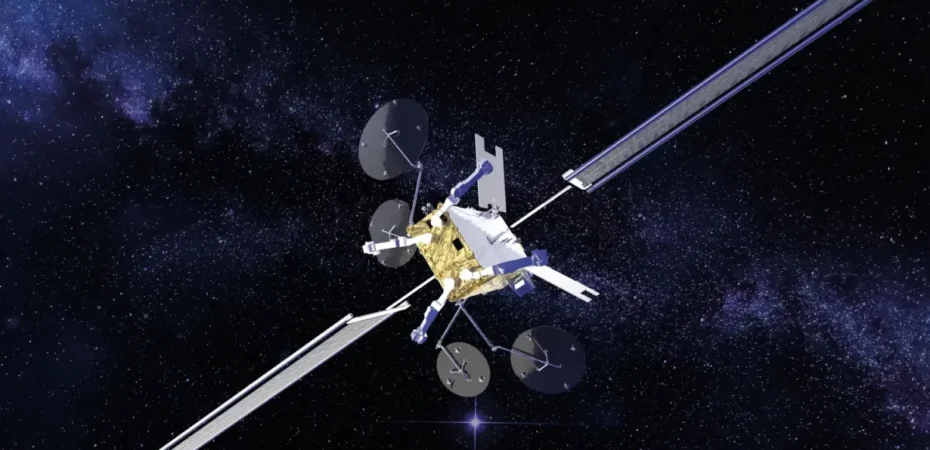The potential for AI to enhance satellite operations is expanding. Increase in demand for onboard data processing aligns well with advancements in AI models in terms of growing robustness and reliability. The transition from ground-dependent systems to more autonomous, onboard processing capabilities aims to tackle increasing data volume generated by satellites and the growing complexity of space missions. AI technologies can enable satellites to process and analyze data in real-time, reducing dependency on terrestrial systems for decision-making. This shift is particularly important for applications like Earth observation, where the ability to customize and filter data onboard before transmitting it can significantly improve efficiency and responsiveness. Software-defined payloads began this process by introducing flexibility to satellite software, enabling missions without requiring the spacecraft’s capabilities to be finalized and immutable at launch. Software-defined satellites can be reprogrammed as needed, allowing beam patterns and power levels to be customizable. This is especially useful for GEO satellites that need to be adaptable to compete with LEO satellite constellations. The challenge is that AI models enabling enhancements to software-defined satellites require a system and training data to function, which introduces a paradox in needing a trained model to implement the technology, but needing to deploy the technology in order to train the model. It can be kicked off with simulated data, but real data is needed to deploy at scale. However, leveraging AI could lead to on-orbit satellite control that would streamline missions. The AI model would need to be adaptable to changing flight conditions and re-train in flight, which is a capability required by both space exploration missions and Earth missions as flight conditions change and performance degrades.
As satellites increasingly process data onboard, the AI models themselves could become targets. Adversarial attacks could manipulate data inputs to cause misclassification or erroneous outputs, which could impact satellite operations or decision-making by causing failures or generating false information. The ability to customize and filter data onboard means satellites might face risks from data tampering as attackers may introduce false data or extract sensitive information. Vulnerabilities in communication links between ground systems and other satellites could also be exploited as these systems increase autonomous communication. Open channels sending and receiving autonomous communication could potentially introduce vulnerabilities in unsecured connections, permitting malicious activity to take place and possibly go unnoticed. Integration of AI and software-defined technologies often relies on an ecosystem composed of many different vendors, which could increase the likelihood of vulnerabilities through third-party software. Given that AI is still an emerging technology, significant attacks against it would also greatly hinder its development and integration in satellite technology as operators lose trust in it. Secure AI deployment would be necessary to mitigate the likelihood and severity of these risks, ensuring AI models undergo rigorous adversarial testing to be resilient against attacks. Continuous monitoring of autonomous operations and communications should be leveraged to detect or prevent anomalies and breaches, should any unexpected or undesired behavior occur.
Rainbow, Jason. “Improving Space Ai: Ground-to-Orbit Efforts Aim to Advance Satellite Intelligence.” SpaceNews, 13 Nov. 2024, https://spacenews.com/improving-space-ai-ground-orbit-efforts-aim-advance-satellite-intelligence/.
